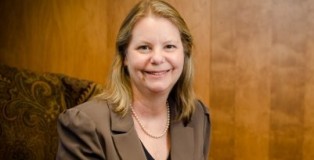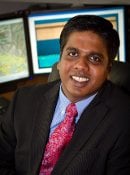
Simon Carn (GMES) was cited in the article “Ambae volcano ERUPTION: Mass evacuations ordered as volcano threatens to blow,” in Express. The article deals with the increased activity and potential evacuation of thousands of households near the Ambae volcano on the island nation of Vanuatu in the South Pacific.
Ambae volcano ERUPTION: Mass evacuations ordered as volcano threatens to blow
A large sulphur dioxide plume was emitted from Ambae in early April and it may have emitted the most sulphur dioxide of any eruption since the 2015 eruption at Calbuco in Chile.
It was noted by Simon Carn, a volcanologist and professor at Michigan Tech.
Dr Carn said a significant amount of ash was emitted during one of these eruptions and pictures on Twitter show the extent of ash on the island, which suggested it was a pretty large eruption.
Ambae volcano is a very large volcano and is frequently active. In its recorded history there have been many eruptions – every 10-50 years over the past 150 years.
All these eruptions have been from the summit craters, except one recorded in the 1670s.








